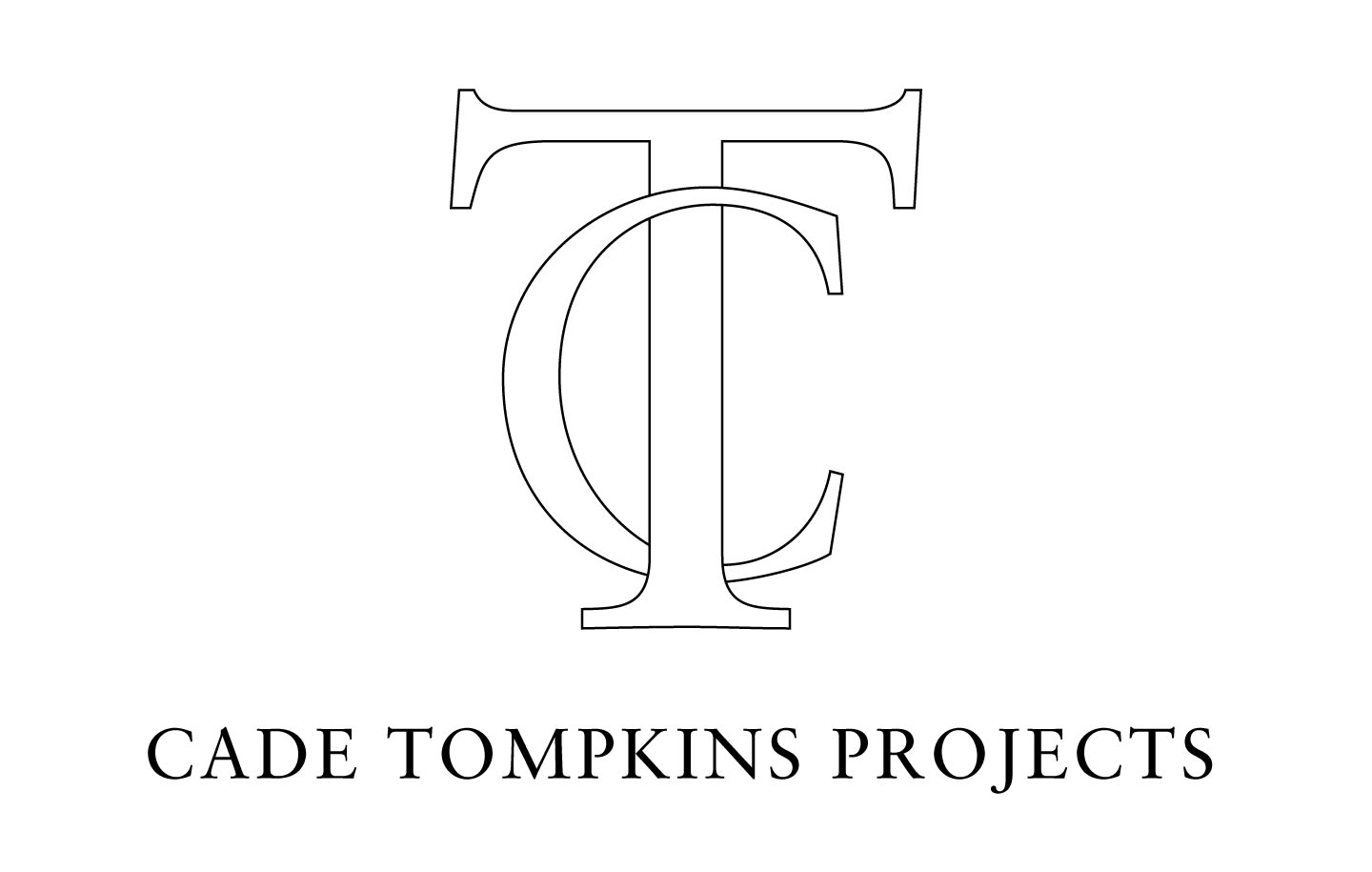We have seen it: a hooded figure, clothed in black, standing on a cardboard box with outstretched hands strung up to electrical wires. A coiled body on a concrete floor, leashed to a young woman in sand-colored fatigues. The naked men, their faces redacted, contorted in pain as American soldiers flash thumbs-up signs as if on a holiday vacation. The images leaked from that detention center west of Baghdad in 2004 were so disturbing that to invoke the name Abu Ghraib now is to call up all the political and moral failures of a generation.
The aftermath of the Iraq war, and the role of art in bearing witness to human tragedy, was the subject of the spring symposium called “Art and War in Iraq” at Brown University’s David Winton Bell Gallery. It centered on the work of Wafaa Bilal and Daniel Heyman. The ethical quandaries entangled in the voyeuristic act of looking, the fallibility of memory and transcription, and the limits of representation were the themes of the symposium, as well as the measures taken by artists to signify these silences and complexities. Heyman’s I am Sorry It is Difficult to Start (curated by director Jo-Ann Conklin) and Bilal’s The Ashes Series (curated by Ian Alden Russell) were the joint spring exhibitions of the gallery.
Both Bilal and Heyman work against the claims staked by photography as truth. They call into question the role of photographic imagery within today’s sensationalist media, and our own complicity as viewers and consumers of it. Theirs is a re-sensitization campaign. The works on display—gnomic, reflective, and pitted with loss— stand at odds against the blunt realism of the Abu Ghraib photographs that shocked the world, but are no less authentic. While the Abu Ghraib photographs constitute an externalized public record, Bilal and Heyman go inwards to document the deleterious effects of war on the individual psyche.
Heyman’s exhibition consisted of a series of watercolor and gouache portraits of former Abu Ghraib detainees, all imprisoned in the detention center in error, who were testifying as part of a human rights case. Ragged fragments of text pulled from the men’s stories surrounds their expressively drawn faces, at times spiraling off or stopping sharply. The effect is direct, kinetic, and willfully partial. “You shouldn’t have free and easy access [to the men’s stories],” Heyman said in the symposium.
Iraqi-born Bilal’s Ashes Series reconstructs photographs of wartime devastation in miniature tableaux, and sprinkles them with human ashes. The ten resulting photographs of these scenes—each an elegy for ten bloody years of military occupation—are ruminative and hallowed. They take place in a suspended time, removed from the immediacy of battle, to reveal what was left behind: the fragmented archeology that symposium presenter Meir Wigoder called “the forensic.” A departure from Bilal’s previous trenchant and confrontational critiques of American aggression, such as 2007’s performance piece, Domestic Tension, these images give pause and, as Bilal said, “slow down the act of looking.”
Both artists attempt to voice the unspeakable: all that cannot be narrated, photographed, illustrated, recorded, or otherwise given shape to. How does one form a response—visually, verbally, bodily, politically—in the wake of such illegible violence? How does one testify and bear witness to atrocities too great to name, piecing back together the broken fragments left behind? As America marches onward with its War on Terror, and Guantanamo Bay has still not closed, these are some of the questions we must ask ourselves.


